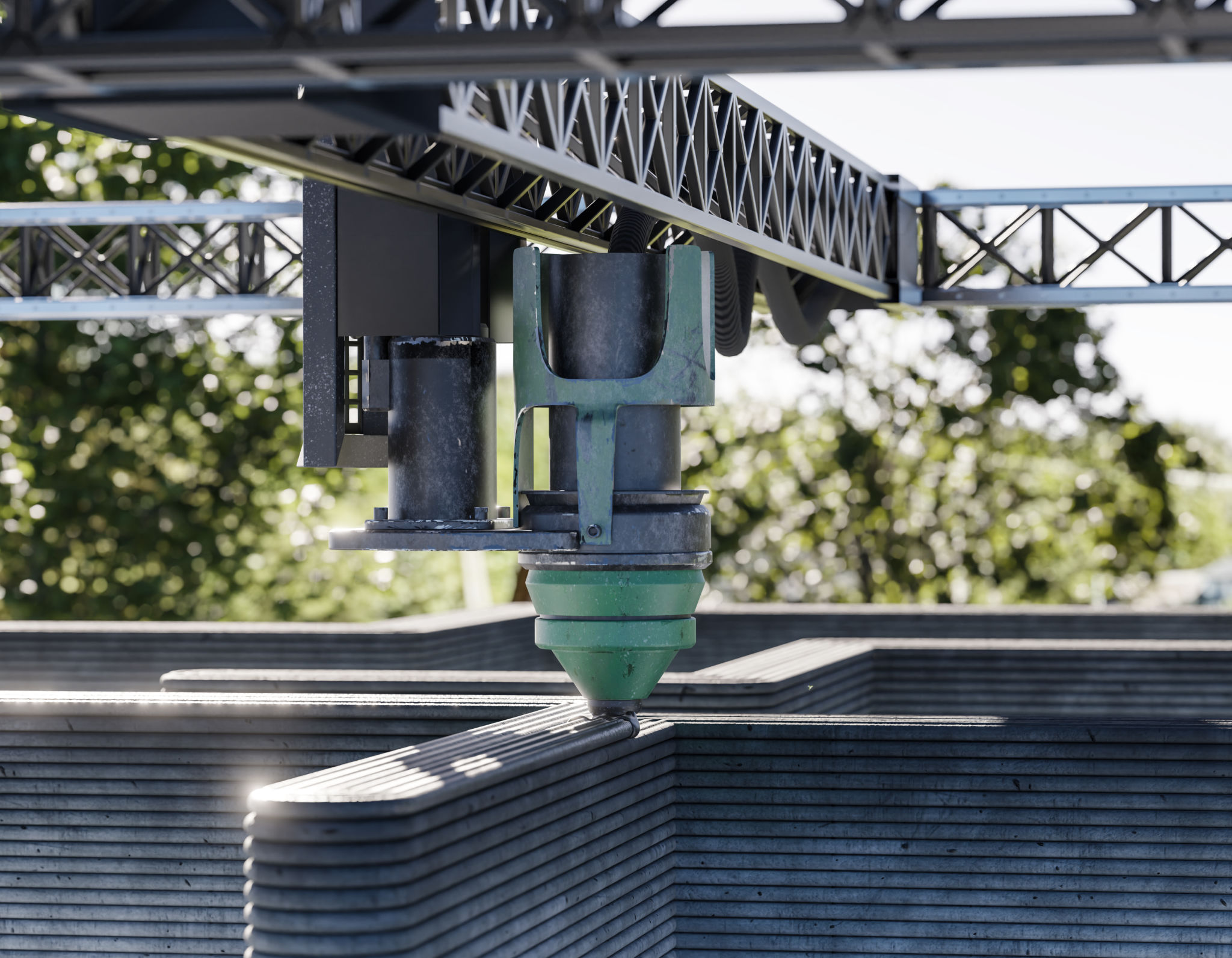Case Study: Transforming Spaces with Innovative Construction Designs
In the ever-evolving world of construction, innovative design plays a crucial role in transforming spaces into functional and aesthetically pleasing environments. This case study explores how cutting-edge construction designs are reshaping the way we live and work, offering a glimpse into the future of architecture.
Understanding Innovative Construction Designs
Innovative construction designs incorporate modern technology and sustainable practices to create spaces that are not only beautiful but also environmentally friendly. These designs prioritize efficiency, functionality, and aesthetics, making them a popular choice for both residential and commercial projects.
One of the key aspects of innovative design is the integration of sustainable materials. By using recycled and eco-friendly materials, architects and builders can reduce the carbon footprint of a project significantly. This not only benefits the environment but also enhances the long-term sustainability of the building.

The Role of Technology
Technology is at the forefront of transforming construction designs. With the advent of Building Information Modeling (BIM), architects can create detailed digital representations of buildings. This technology allows for improved collaboration among stakeholders and helps identify potential issues before construction begins.
Moreover, the use of 3D printing in construction is revolutionizing the industry. This technology allows for the rapid production of building components, reducing construction time and costs. It also enables the creation of complex designs that were previously impossible to achieve.

Case Study: A Modern Residential Complex
One prime example of innovative construction design is a modern residential complex that incorporates smart technology and sustainable practices. This complex features energy-efficient systems, such as solar panels and smart home technology, allowing residents to monitor and control their energy usage effectively.
The architectural design emphasizes open spaces and natural light, creating a harmonious living environment. The use of biophilic design elements, such as green walls and rooftop gardens, enhances the connection between residents and nature.

Impact on Urban Development
Innovative construction designs are having a significant impact on urban development. Cities are increasingly adopting these designs to create more livable and sustainable urban environments. By incorporating green spaces and sustainable infrastructure, cities can improve the quality of life for their residents.
Furthermore, the emphasis on mixed-use developments is changing the urban landscape. These developments combine residential, commercial, and recreational spaces, reducing the need for long commutes and fostering a sense of community.

Conclusion: The Future of Construction
The future of construction lies in the continued innovation and integration of new technologies and sustainable practices. As the demand for eco-friendly and efficient buildings grows, architects and builders will need to adapt and embrace these changes.
By prioritizing sustainability, functionality, and aesthetics, innovative construction designs will continue to transform spaces, creating environments that enhance the quality of life while respecting the planet.
